Clicker training, a method rooted in positive reinforcement psychology, has revolutionized how we communicate with and train horses. This approach replaces traditional pressure-based methods with a system that rewards desired behaviors, fostering a partnership built on trust rather than dominance. Using a small handheld device that makes a distinctive clicking sound, handlers can precisely mark the exact moment a horse performs the correct action, followed by a reward that reinforces the behavior. This method not only accelerates learning but also strengthens the bond between horse and handler, making training sessions enjoyable for both. Whether you’re working with a young, untrained horse or refining skills with an experienced equine partner, clicker training offers a compassionate and effective approach to horsemanship that respects the horse’s intelligence and natural learning abilities.
Understanding the Science Behind Clicker Training
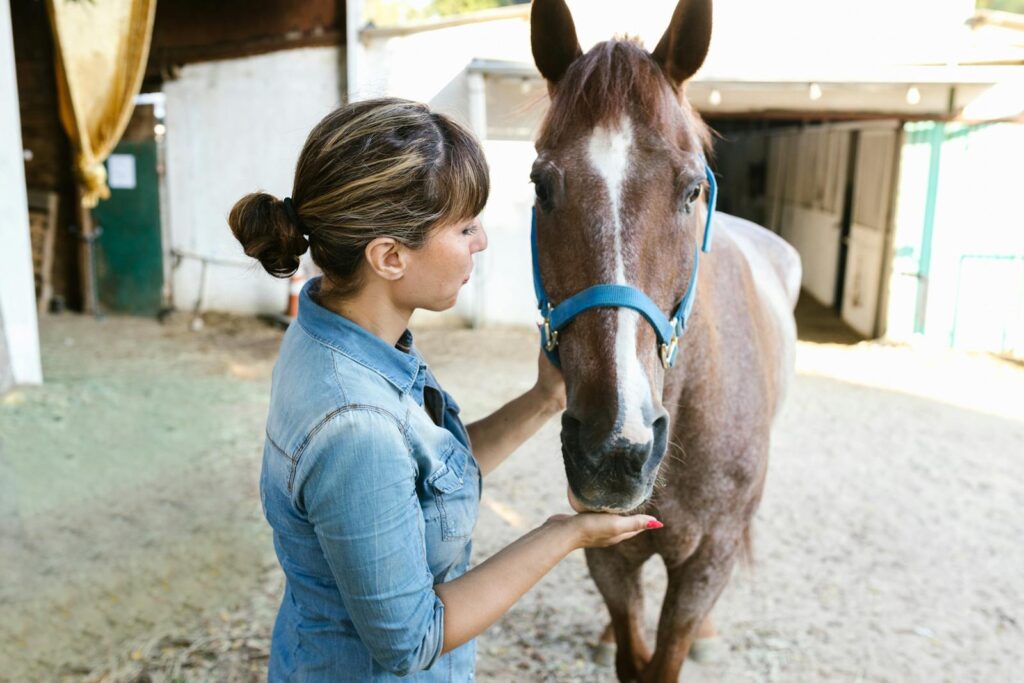
Clicker training operates on the principle of operant conditioning, specifically using positive reinforcement to increase desired behaviors. When a horse performs a target behavior, the handler immediately clicks to mark the exact moment, followed by a reward—creating an association between the behavior, the click, and something pleasant. This scientific approach leverages the horse’s natural ability to make connections between actions and outcomes. Research has shown that animals trained with positive reinforcement methods learn faster and retain information better than those trained using pressure or punishment-based systems. The click serves as a “bridge” signal, clearly communicating to the horse which action earned the reward, even if there’s a slight delay in delivering the actual treat. This clarity in communication reduces frustration for both horse and handler, fostering a learning environment where the horse becomes an active, willing participant rather than a confused subject.
Essential Equipment for Horse Clicker Training
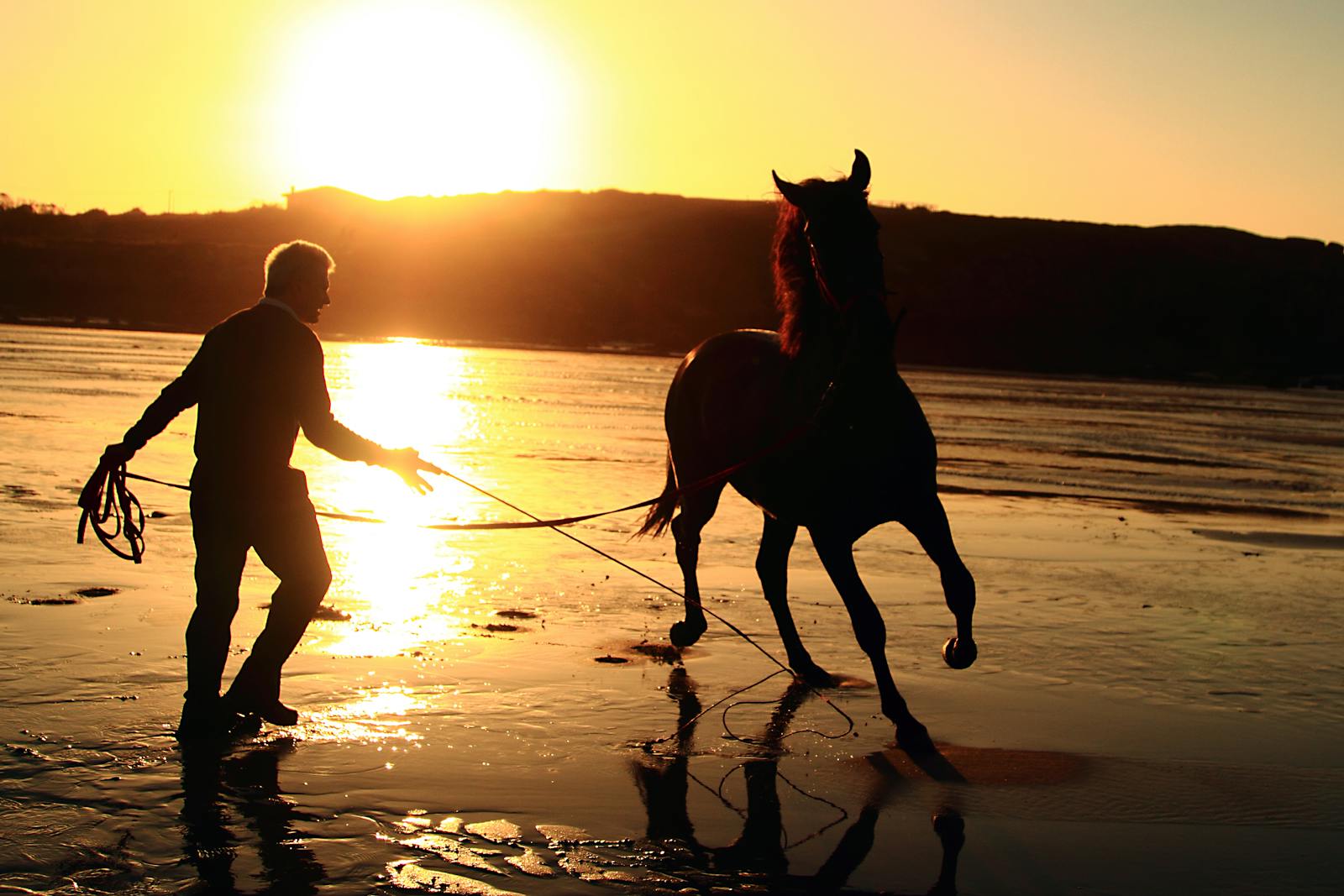
To begin clicker training with horses, you’ll need a few specific items to make the process effective and convenient. First and foremost is the clicker itself—a small plastic device with a metal strip that makes a distinct “click” sound when pressed. Options include box clickers, button clickers, or even clickers that attach to rings for ease of use while handling horses. A treat pouch or bag that attaches to your belt or waist is essential for keeping rewards accessible without fumbling through pockets or causing delays between the click and the reward. Choose appropriate treats that are healthy, easy to carry, and highly motivating for your horse—small pieces of carrots, apple, commercial horse treats, or even special pelleted feed work well, as long as they’re small enough for quick consumption. Some trainers also incorporate a target stick—an extendable pointer that helps guide the horse through certain behaviors before they understand verbal or visual cues. Finally, consider using a halter and lead rope for initial training sessions, providing some control while your horse learns the clicker training system before progressing to at-liberty work.
Creating Positive Associations: Charging the Clicker
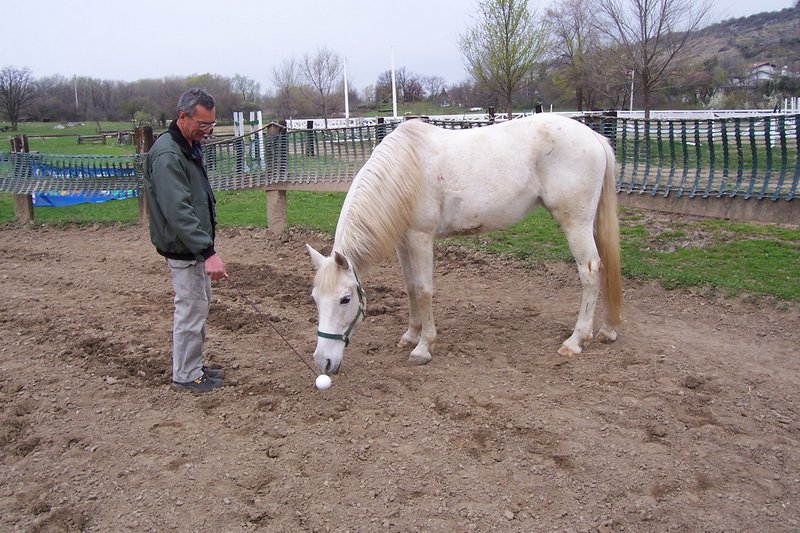
Before teaching specific behaviors, you must establish the clicker as a positive communication tool through a process called “charging” the clicker. This foundational step creates a clear association in the horse’s mind between the clicking sound and receiving a reward. Begin by standing quietly with your horse in a distraction-free environment, then click once and immediately offer a small treat—timing is crucial, as the treat should follow the click within one to two seconds. Repeat this sequence 15-20 times in short sessions of about five minutes, maintaining a consistent rhythm while avoiding clicking for any specific behavior at this stage. Watch for signs that your horse is making the connection: ears perking up at the sound, turning attention toward you after the click, or looking expectantly for a treat. Most horses understand this association within 1-3 sessions, but some may require additional practice depending on their previous experiences and temperament. Once your horse consistently responds to the click by expecting a reward, the clicker is “charged” and ready to be used as an effective training tool for marking desired behaviors.
Starting With Basic Targeting Behaviors
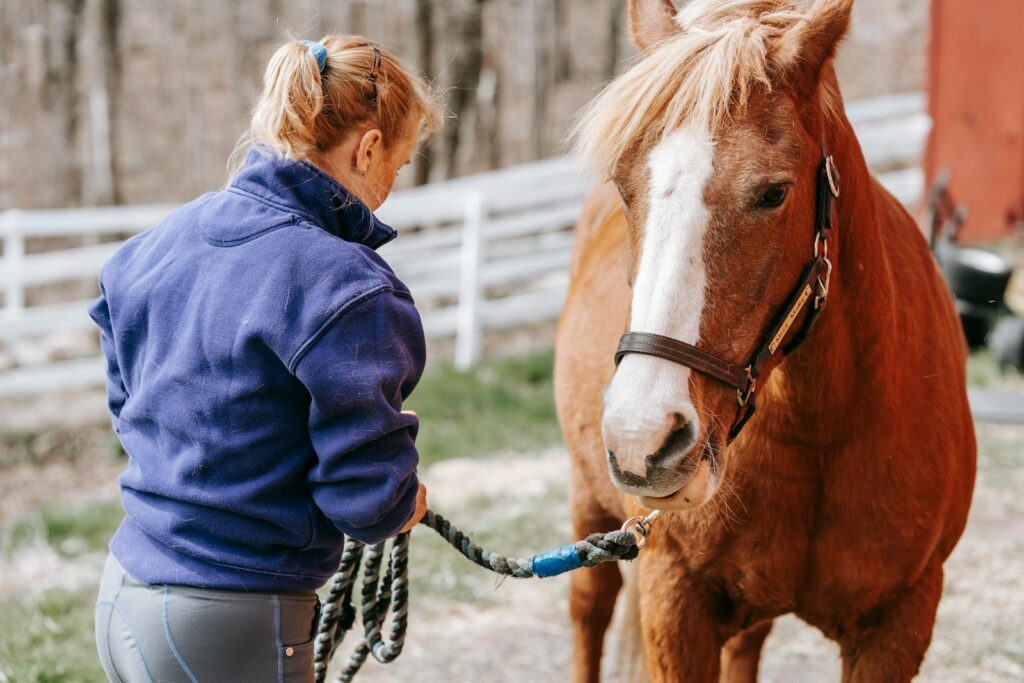
Targeting is an excellent first behavior to teach using clicker training because it’s straightforward and gives horses a clear objective. Begin by presenting a target object—often a cone, ball on a stick, or your closed fist—about 12 inches from your horse’s nose, waiting for any interaction such as sniffing, looking at, or touching the target. The moment your horse shows interest in the target, click immediately and follow with a treat, then briefly remove the target before presenting it again. As your horse begins to understand, become more selective with your clicks, rewarding only when they actually touch the target rather than merely looking at it. Practice in short, focused sessions of 5-10 minutes to keep your horse engaged without causing mental fatigue. Once your horse consistently touches the target, you can begin moving it to different positions—higher, lower, or to either side—clicking and treating for each successful touch. This simple targeting behavior becomes a versatile foundation for teaching more complex movements, as you can use the target to guide your horse through new patterns, into trailers, or past scary objects, all while maintaining a positive, reward-based approach.
Teaching Ground Manners Through Clicker Training
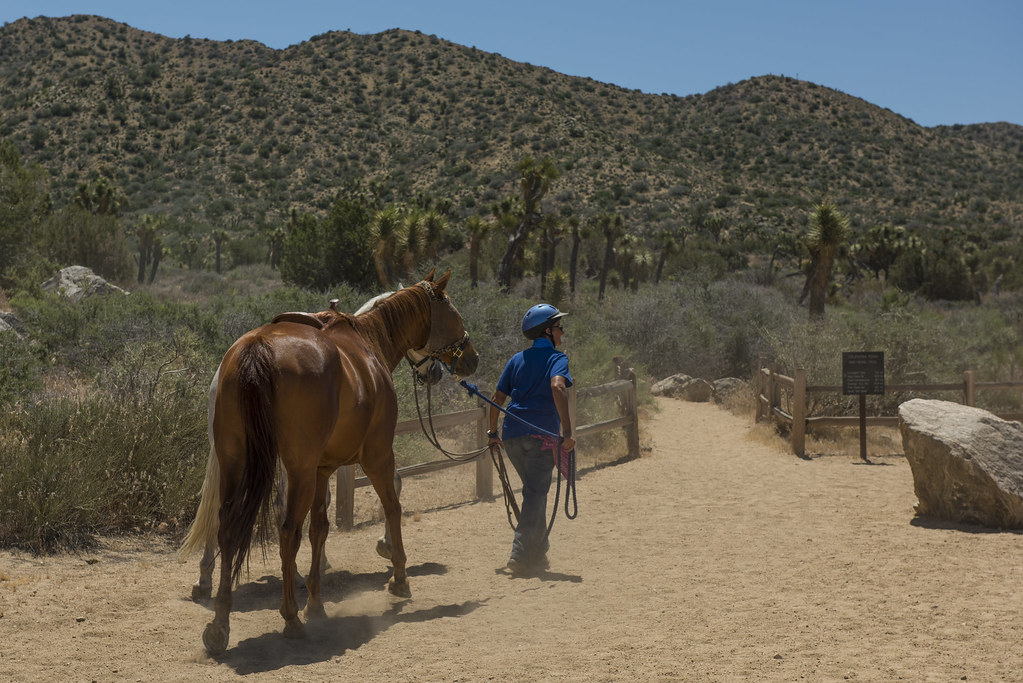
Clicker training excels at establishing reliable ground manners by rewarding horses for behaviors like standing quietly, respecting personal space, and responding to subtle cues. Start by teaching “standing still”—click and treat when your horse remains stationary, gradually increasing the duration between clicks as their understanding improves. For personal space awareness, click and reward when your horse maintains an appropriate distance; if they crowd you, take a step back without clicking, then reward when they return to the correct distance. Leading manners can be refined by clicking and treating for walking beside you without pulling ahead or lagging behind, focusing on reinforcing moments when your horse’s shoulder aligns with yours. For gate manners, break the process into small steps: standing quietly while you open the gate, walking through calmly, and waiting on the other side—clicking and treating for each part before combining them into a smooth sequence. The precision of the clicker allows you to capture these polite behaviors the moment they occur, clearly communicating to your horse which actions earn rewards and turning potentially frustrating handling moments into opportunities for positive reinforcement.
Addressing Common Challenges and Misconceptions
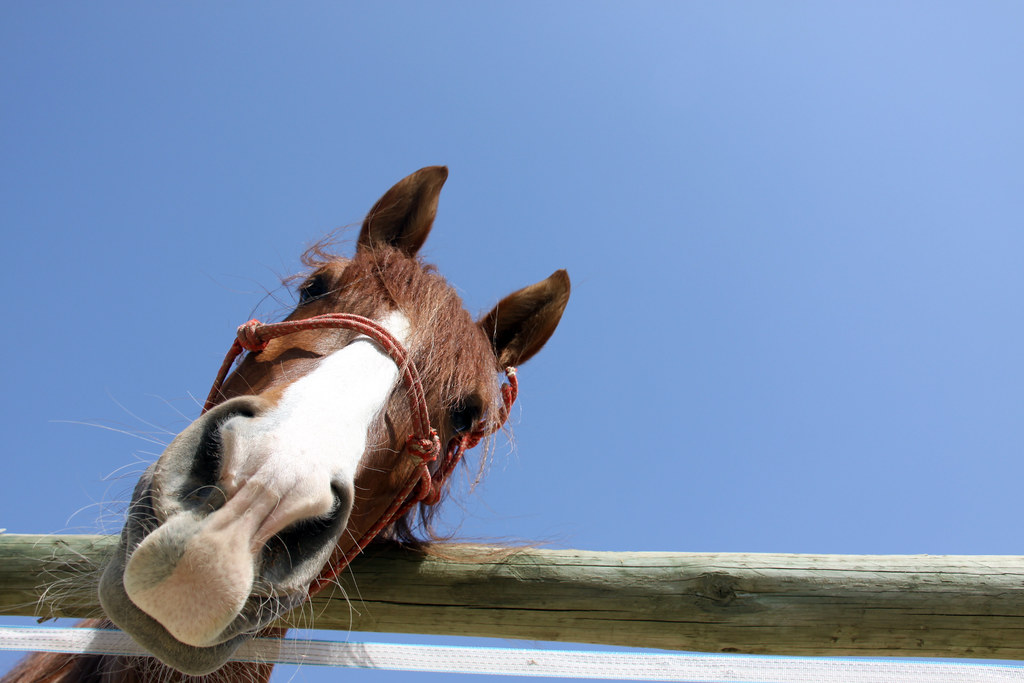
Despite its effectiveness, clicker training often faces resistance from traditional horsemen who misunderstand its principles and application. A common misconception is that horses will become treat-dependent or “pushy” when, in fact, properly implemented clicker training establishes respectful boundaries through clear rules about when rewards are earned. Some trainers express concern about carrying treats and clickers while riding, but advanced clicker training can incorporate verbal markers or transition to intermittent reinforcement schedules that maintain behaviors without constant treats. Critics may also claim that clicker training is only suitable for simple tricks, not “real” training; however, many professional trainers successfully use these methods for everything from basic groundwork to advanced dressage and jumping. Another challenge is inconsistent timing—clicking too early or too late—which can confuse the horse about what behavior earned the reward. This improves with practice and greater attention to timing. Some horses may also appear uninterested in food rewards at first, requiring experimentation with different treats or training before meals when motivation is higher. By understanding and addressing these challenges, trainers can implement clicker training effectively and overcome both practical obstacles and skepticism from traditional training communities.
Progressing to More Complex Behaviors
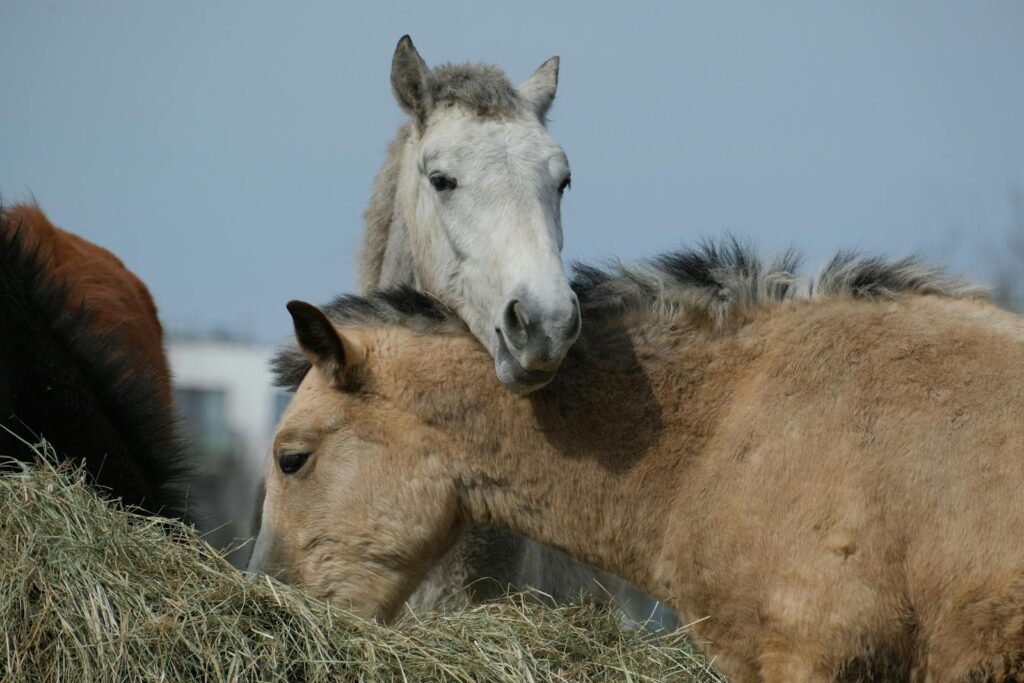
Once your horse understands the basics of clicker training, you can begin building more sophisticated behaviors using a technique called “shaping.” This method involves breaking down complex actions into small, achievable steps and reinforcing successive approximations toward the final goal. To teach a bow, for example, you might start by clicking for looking down, then for lowering the head slightly, gradually rewarding positions closer to the ground until the full bow emerges. For “backing up,” begin by rewarding a weight shift backward before expecting actual steps. Teaching a horse to pick up its feet on cue can start with clicking for weight shifts off the target foot before progressing to a full lift. For more advanced movements like the Spanish walk or lateral work, combine targeting with capturing natural movements that resemble parts of the desired behavior. Throughout this process, keep your training criteria consistent while staying flexible enough to adjust if your horse shows signs of confusion or frustration. Complex behaviors may take dozens of sessions over several weeks or months, but the clicker’s precision helps accelerate learning by clearly marking the correct elements of each attempt, allowing your horse to replicate increasingly refined versions of the behavior.
Transitioning Clicker Training to Riding Applications
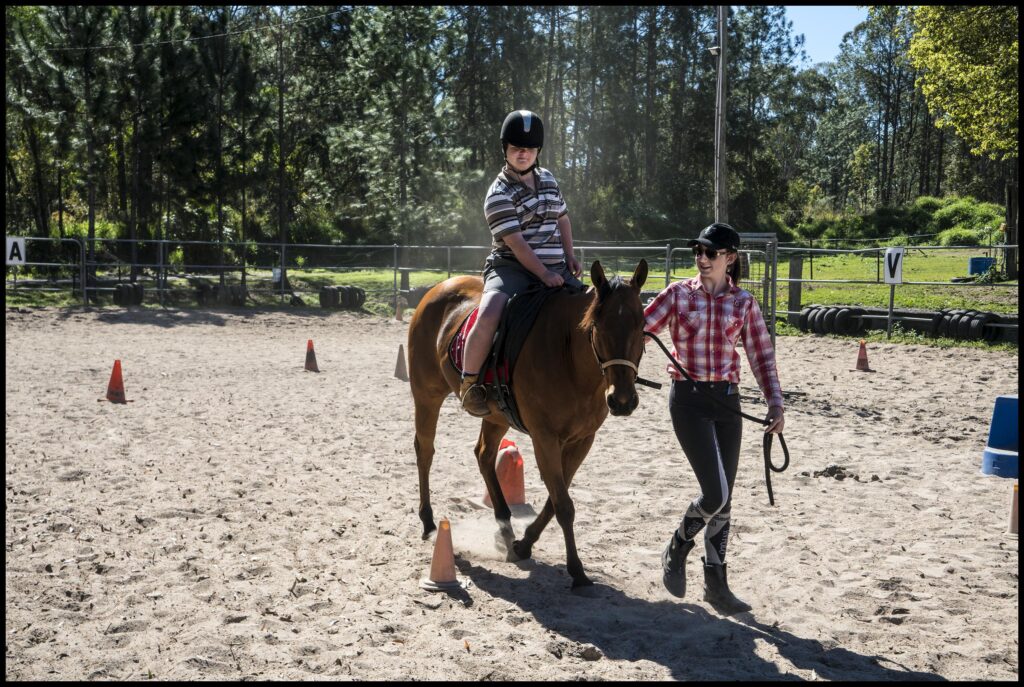
Incorporating clicker training into mounted work creates a powerful communication system that enhances the riding experience for both horse and rider. Start by establishing a consistent mounting routine, clicking and rewarding your horse for standing quietly at the mounting block and remaining still as you settle into the saddle. Once mounted, build on ground-based cues—such as targeting—to teach responses to rein and leg aids, clicking, and treating for correct reactions. Be mindful of how you’ll deliver rewards safely from the saddle; many riders use an easily accessible treat pouch or guide the horse to a designated target after a series of correct responses. To refine gaits and movements, use the clicker to mark moments of balance, engagement, or correct positioning, gradually shaping more collected or extended variations by reinforcing subtle improvements. Clicker training also benefits jumping work, allowing riders to mark ideal takeoff spots, balanced landings, or accurate striding between fences. As your training progresses, transition to an intermittent reinforcement schedule—clicking and treating only some correct responses—while keeping rewards unpredictable enough to maintain motivation. The clarity of feedback provided by clicker training under saddle can help resolve persistent training challenges, replacing confusion with clear, timely communication about exactly what feels right to the rider.
Building Trust with Fearful or Traumatized Horses
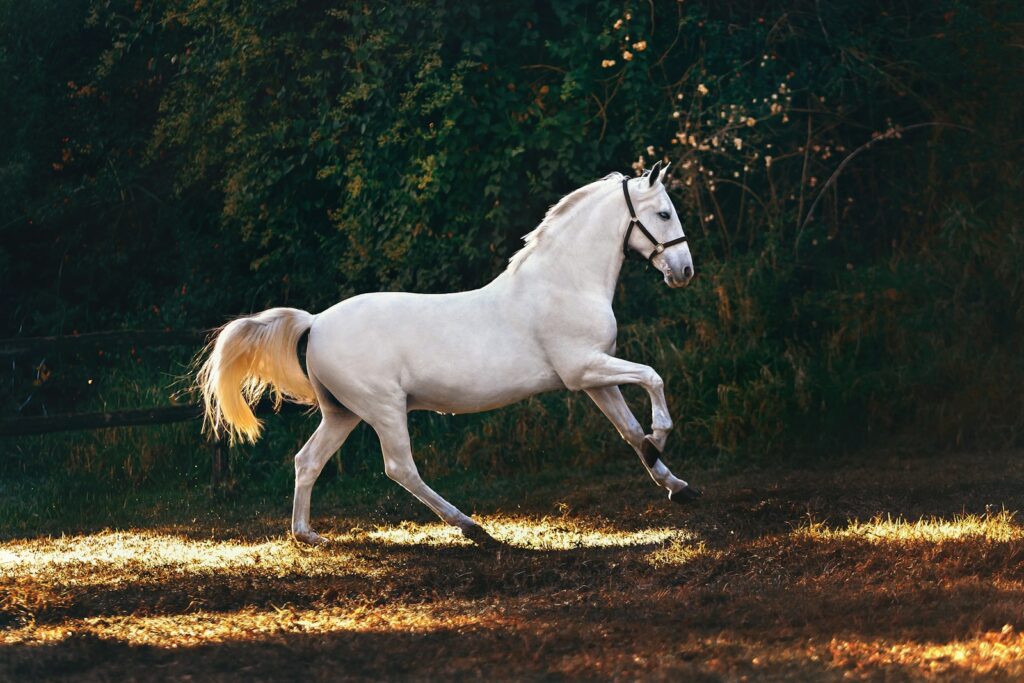
Clicker training offers an especially valuable approach for rehabilitating horses with fear or trauma histories, as it builds positive associations without force or pressure. Begin with extremely low-stress interactions, such as clicking and treating when the horse takes a breath, blinks, or shows even the slightest sign of relaxation in your presence. Work within the horse’s comfort zone, maintaining whatever distance feels safe, and gradually decreasing that distance as trust develops through consistent, positive experiences. Targeting can be a powerful tool for encouraging voluntary movement toward frightening objects or situations, allowing the horse to set the pace and receive reinforcement for every brave decision rather than being pushed into discomfort. For handling sensitive areas like the ears, feet, or hindquarters, use systematic desensitization—clicking and treating for calm acceptance as you approach progressively closer, always staying below the threshold that would trigger fear. Consistency is critical throughout this process; predictable handling, movement, and training routines help prevent setbacks and build a sense of safety. The real strength of this method lies in its ability to shift the horse’s perception of humans—from a source of fear to a dependable source of good things—laying the groundwork for lasting trust and a healthier, more confident partnership.
Clicker Training for Medical and Veterinary Procedures
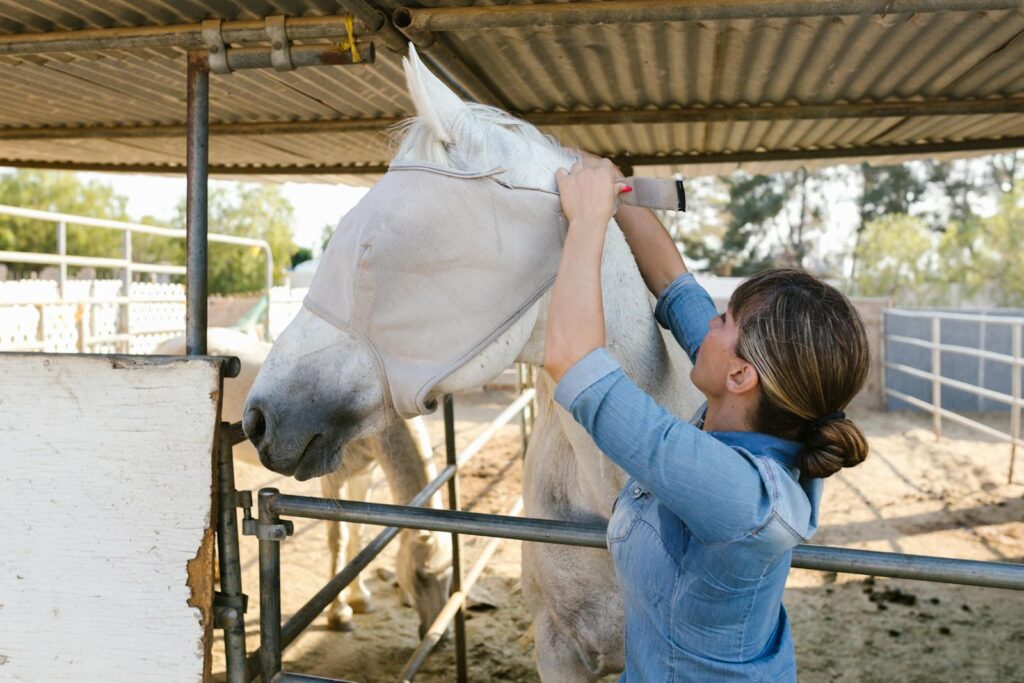
One of the most practical applications of clicker training is preparing horses to willingly cooperate during veterinary and medical procedures—reducing stress for the horse, handler, and veterinary team, and often eliminating the need for chemical restraint. Start by teaching basic targeting behaviors that help redirect the horse’s attention during minor procedures, such as touching and following a target while receiving vaccinations or having blood drawn. For more involved care, like wound treatment or eye medication, use shaping to build tolerance step by step: first reward your horse for calmly seeing medical supplies, then for accepting touch in sensitive areas, and eventually for standing quietly during the full procedure. Cooperative hoof care can be developed by progressively longer hoof lifts, ultimately teaching the horse to hold up a foot voluntarily for the farrier. For oral medications or deworming, train your horse to target their muzzle into an empty syringe or dosing tool, turning it into a positive, familiar routine before introducing any actual medication. The power of this approach lies in giving horses a sense of agency during healthcare—they learn to participate rather than be forced, which builds long-term trust and confidence while greatly reducing the risk of injury in medical settings.
Solving Specific Behavior Problems Through Clicker Training
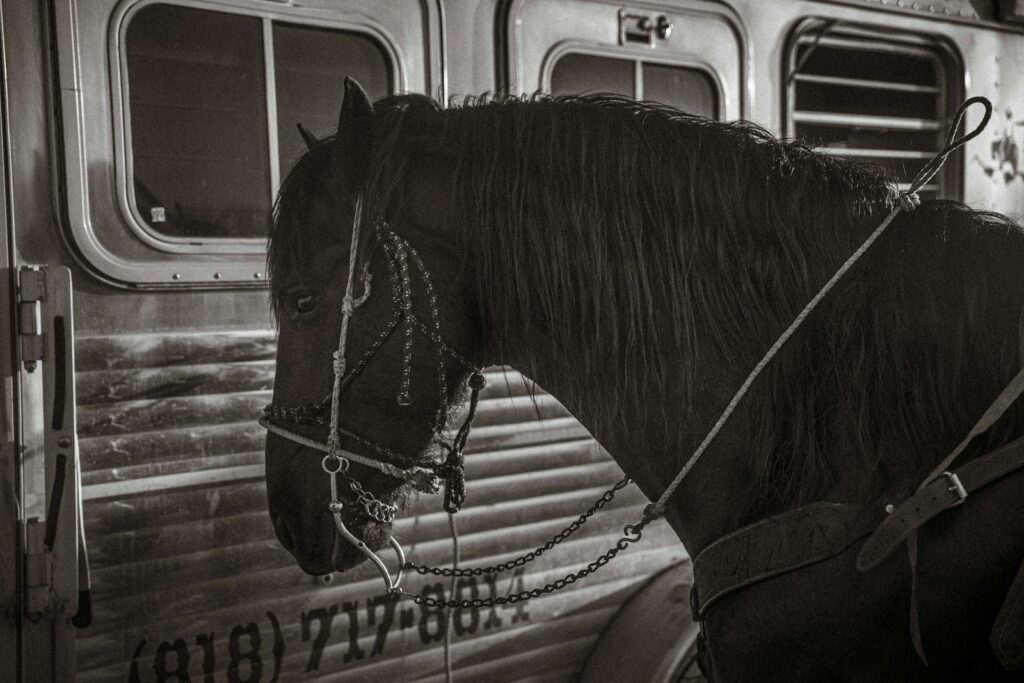
Clicker training offers elegant and effective solutions to many common equine behavior problems by addressing the underlying emotions rather than simply suppressing unwanted actions. For trailer loading, break the process into small, manageable steps—such as looking at the trailer, taking a step toward it, or placing a hoof on the ramp—clicking and treating at each stage until your horse confidently self-loads without pressure. Horses that pull back when tied can be retrained by reinforcing progressively longer periods of standing quietly under mild halter pressure, building tolerance through positive experiences instead of force To ease separation anxiety, use the clicker to mark and reward moments of calm when herd mates leave or when your horse redirects attention toward you. Spooky horses benefit from controlled, gradual exposure to triggers, with reinforcement given for calm investigation rather than reactive behavior. Even aggressive actions like biting or kicking can be reshaped by identifying the underlying cause and reinforcing alternative responses—such as teaching a horse to target instead of bite, or to yield their hindquarters calmly instead of threatening with kicks. By teaching clear, desirable alternatives instead of punishing unwanted behaviors, clicker training fosters lasting change and builds confidence and trust between horse and handler.
Integrating Clicker Training with Traditional Horsemanship
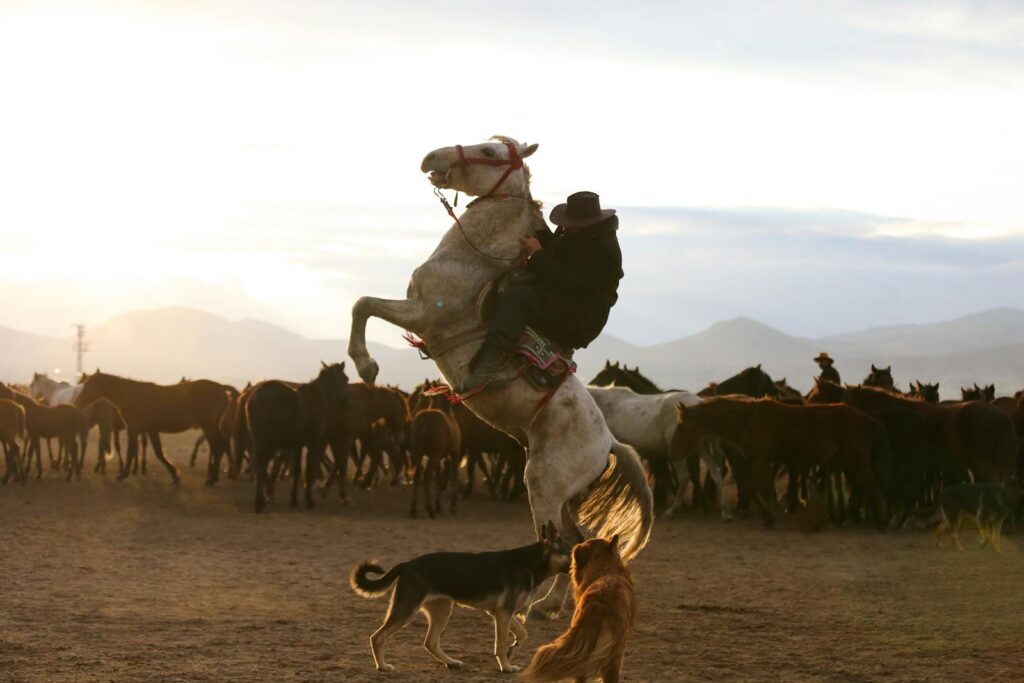
Rather than viewing clicker training as a replacement for all conventional methods, many successful trainers create powerful training systems by thoughtfully combining positive reinforcement with traditional horsemanship principles. Start by analyzing your current training approach and identifying areas where pressure-based methods may be causing tension, confusion, or resistance. Clicker techniques can be especially useful in these areas, helping the horse better understand difficult concepts. Many trainers find success using clicker training to introduce new behaviors, then blending those into their broader routines once the horse grasps the basics. Traditional cues like leg pressure or rein signals can be paired with clicker-trained behaviors, creating a layered communication system where the horse responds to subtle aids taught through positive reinforcement. Even within natural horsemanship, clicker training can enhance join-up or liberty work by marking and rewarding moments of connection or attentiveness. The key to successful integration lies in maintaining consistent standards and clear boundaries, so the horse understands both the pressure-release cues of traditional training and the mark-reward system of clicker work. This blended approach often produces horses that are both respectful and enthusiastic, combining the best elements of each method while honoring the horse’s intelligence and emotional needs.
Advancing to Liberty Work and Performance Training
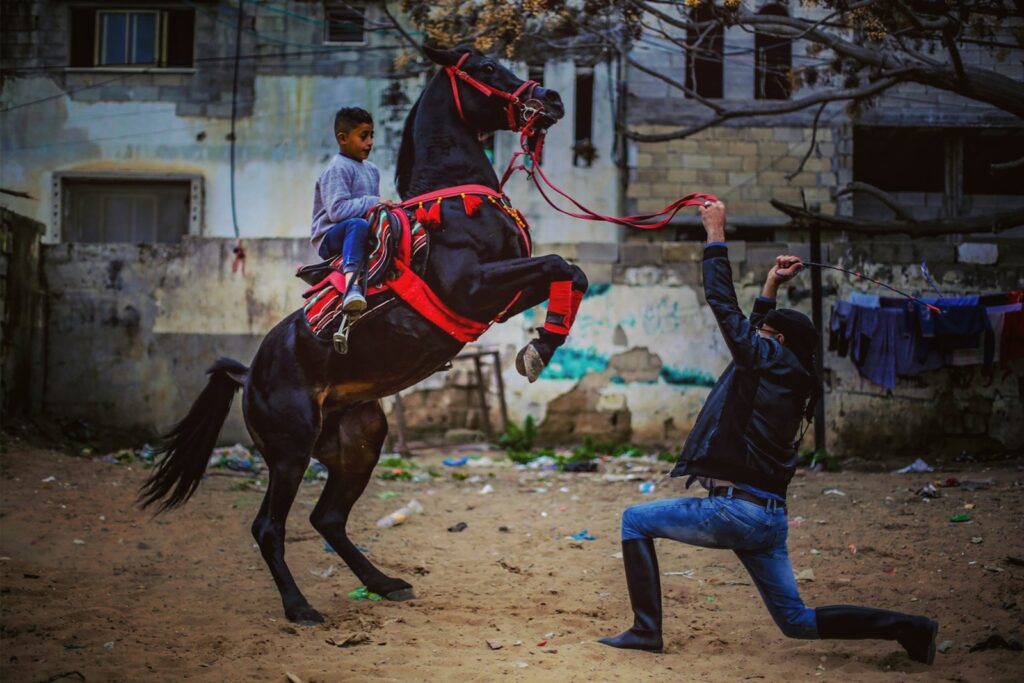
The precision of clicker training makes it especially effective for developing impressive liberty routines and high-level performance work without restraint. Begin liberty training in enclosed spaces where your horse feels comfortable but cannot easily leave, using targeting and previously established cues to ask for movements while gradually increasing the distance between you and your horse. For liberty circles and patterns, combine targeting, body language, and verbal cues paired with the clicker, reinforcing your horse for maintaining gait, direction, and engagement without physical guidance. More advanced liberty demonstrations might involve multiple horses working together, which requires building individual relationships and teaching each horse to maintain position relative to you and the others, clicking and rewarding correct positioning. In performance disciplines like dressage or reining, use the clicker to capture perfect moments within movements—the instant of suspension in an extended trot, the balance point in a sliding stop, or the ideal bend in a pirouette—allowing you to communicate precisely what feels right, beyond what traditional aids can achieve. As liberty work progresses, transition to variable reinforcement schedules where clicks and treats become less frequent but unpredictable, keeping your horse motivated and attentive while allowing for more fluid, uninterrupted performance that highlights the exceptional partnership possible through positive reinforcement.
Clicker training represents a profound shift in how we relate to horses, offering a compassionate alternative to traditional pressure-based methods while often delivering better results. By clearly marking desired behaviors and following with meaningful rewards, this approach encourages horses to actively participate in training, giving their best effort not out of fear but from genuine understanding and motivation. Whether addressing specific behavioral issues, building trust with a traumatized horse, or pursuing advanced performance goals, the principles of positive reinforcement through clicker training offer a versatile framework adaptable to nearly any equestrian discipline or challenge. As our knowledge of equine cognition and emotions grows, clicker training stands as a powerful example of what’s possible when we treat these magnificent animals as willing partners rather than subjects to be controlled.







